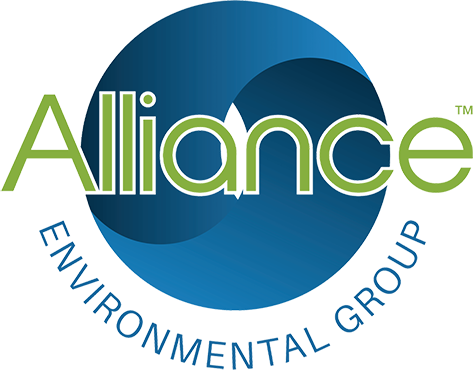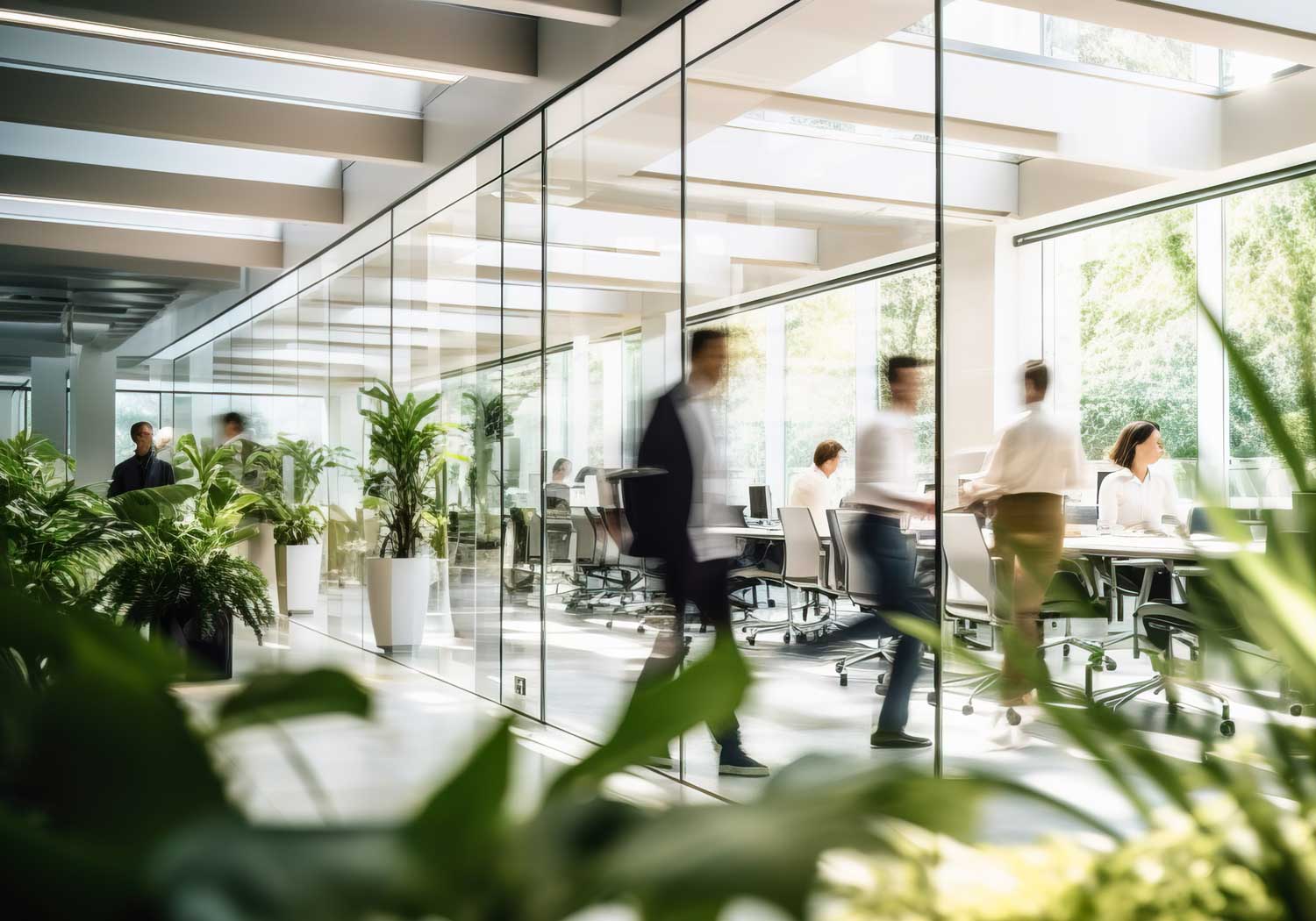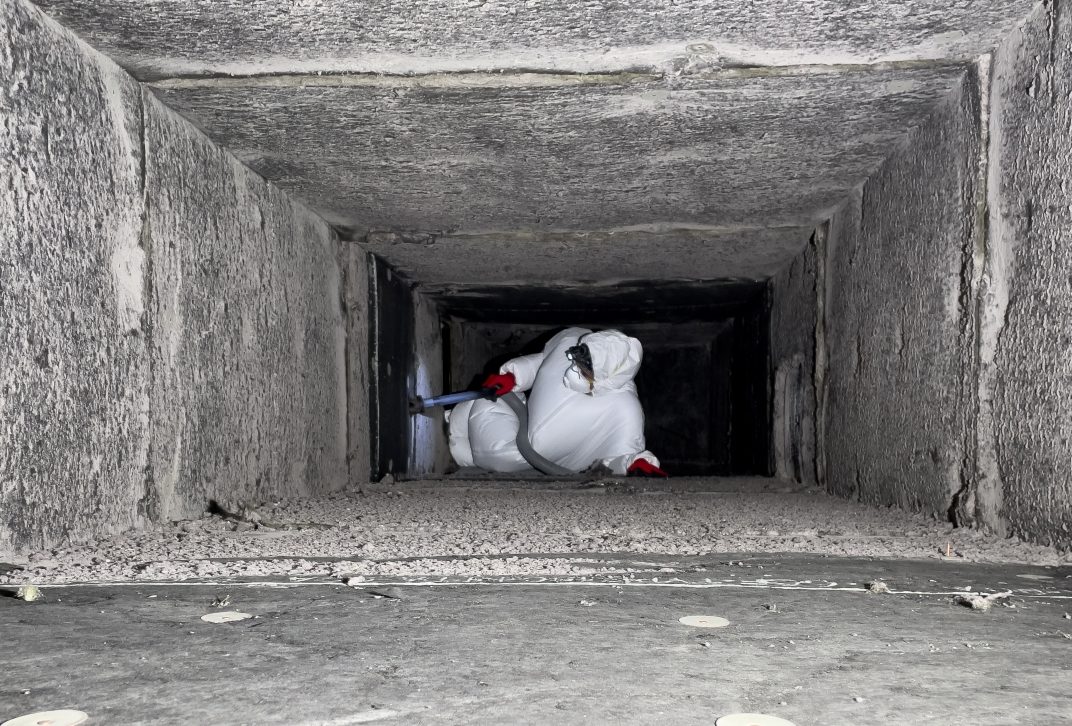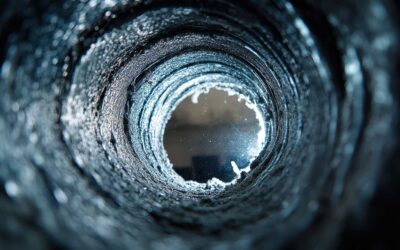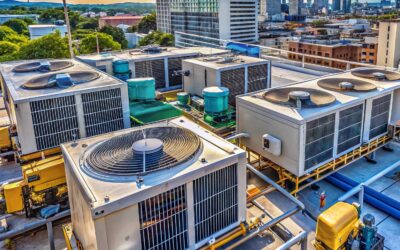Description: While your office building may look normal, there could be mold hiding within the walls and hidden corners. Knowing mold’s most common hiding places can help you find the best professional mold removal in Los Angeles.
Common Places Mold Hides in Office Buildings and Facilities
Office buildings and commercial facilities often present the perfect environment for mold growth—plenty of moisture sources, building materials to feed on, and areas that receive little attention during routine cleaning. Understanding where mold hides is the first step in maintaining a healthy workspace. For those in Southern California seeking solutions, professional mold removal in Los Angeles offers comprehensive detection and remediation services that address even the most concealed infestations.
Behind Wallpaper and Wall Coverings
The space between wallpaper and drywall creates an ideal breeding ground for mold, especially in buildings with a history of water issues.
When moisture seeps behind decorative wall coverings, it becomes trapped, creating perfect conditions for mold growth. What makes this particularly problematic is the invisibility—the outer surface might appear perfectly normal while significant mold colonies develop underneath.
HVAC Systems and Ductwork
Perhaps the most concerning hiding spot for office mold is within heating, ventilation, and air conditioning systems. The dark, often humid environment inside ductwork provides ideal conditions for mold growth. Condensation forms when warm air meets cooled metal surfaces, creating persistent moisture.
Once established in an HVAC system, mold spores can be distributed throughout the entire building, potentially affecting every occupant. Regular maintenance often misses these areas, which is why specialized mold removal in Los Angeles includes comprehensive HVAC inspection and cleaning as part of their remediation protocols.
Ceiling Tiles and Plenum Spaces
The space above drop ceilings in office buildings—known as the plenum—harbors many potential mold sources. This area typically contains plumbing, HVAC components, and roof drain lines, all possible sources of leaks and condensation.
Ceiling tiles themselves are often made of porous materials that absorb moisture and provide nutrients for mold. Water-stained tiles are obvious indicators, but mold often spreads far beyond visible damage. The extensive network above most commercial ceilings requires thorough inspection by professionals who understand how moisture moves through these complex systems.
Under Carpeting and Flooring
Office flooding, even minor incidents, can leave moisture trapped under carpeting and flooring materials.
The padding beneath carpets retains water exceptionally well, creating persistent damp conditions. Similar problems occur with laminate flooring, vinyl tiles, and even hardwood when moisture penetrates seams or edges.
What makes these situations particularly dangerous is that the surface may feel completely dry while moisture remains trapped underneath. Quality mold removal in Los Angeles includes moisture mapping techniques that can detect these hidden wet areas before visible mold appears.
Cabinet Interiors and Furniture
Office cabinetry, particularly in break rooms, restrooms, and maintenance areas, provides another prime location for hidden mold. The dark, enclosed spaces combined with potential plumbing leaks create perfect conditions for growth.
Similarly, upholstered furniture can harbor mold, especially when placed against exterior walls where condensation might form. These areas often go unnoticed during routine cleaning but can significantly impact indoor air quality and occupant health over time.
Basement Storage Areas
Many commercial facilities include basement or below-grade storage areas that naturally tend toward higher humidity. Poor ventilation compounds the problem, especially when combined with cardboard boxes and paper documents that easily absorb moisture and provide food for mold.
These areas require special attention in any comprehensive mold prevention program, particularly in older buildings where waterproofing may be compromised.
The Professional Approach to Commercial Mold Remediation
Professional mold removal in Los Angeles offers a systematic approach to commercial spaces that targets both visible and hidden contamination. The process starts with a thorough inspection using advanced technology like infrared cameras to detect invisible problems. Specialists then create containment systems to prevent cross-contamination before removing affected materials and addressing the root moisture issues through ventilation improvements or structural repairs.
Quality remediation services always include verification testing to confirm complete mold elimination. Beyond just removing current growth, professional treatment prevents recurrence, preserves building integrity, and protects occupant health. When weighing the cost against potential liability and productivity losses from poor air quality, expert mold removal in Los Angeles represents a wise investment for any commercial property.
Mold Removal in Los Angeles
Recognizing the common hiding places for mold in office environments empowers facility managers to take proactive steps toward healthier workspaces. From HVAC systems to the space beneath carpeting, mold can lurk in areas that routine maintenance simply doesn’t reach. By understanding these potential problem areas and partnering with experienced mold removal professionals in Los Angeles, businesses can create safer, more productive environments while protecting their valuable real estate investments. Don’t wait for visible signs of mold—the most dangerous infestations are often the ones you can’t see.
